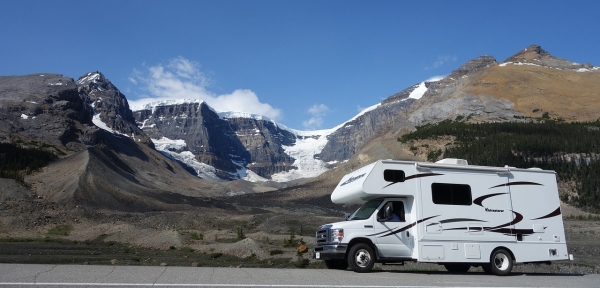Flushing the System
Yes, you must flush antifreeze from your RV water system at the start of each camping season. You should know that already and probably do it yearly. What you may not know is that you should also flush out the system during the camping season. If you camp for a couple or three weeks and let your camper sit, then use it again, flush after each camping trip and before the next one, and flush at the end of each season.
Drain after each trip and after storage. Refill halfway. Add a cup of bleach for each 15 gallons of fresh water capacity. Let the solution run through the system by opening all faucets until the tank is empty. Let it sit for several hours. Refill with clean water and drain. Repeat the clean water rinse. Then fill with water you intend to use. Open each faucet, one at a time, until the chlorine smell is gne, then shut it off.
Before winter storage, do the last water replacement with an antifreeze mix, run th faucets to get antifreeze into the lines, and leave it. Read the antifreeze label and follow instructions for the proper mix.
White Hoses Only
The hose you use to feed your system with drinking water should be a white RV hose, not a green or other dark-colored garden-type hose. (A few are light blue.) The reason is simple: The hoses designed for use with an RV water system prevent that rubbery “hose taste” that a regular garden hose produces. Store your water hose in its own plastic bag, away from drainage hoses and anything else that might contaminate it.
Pressure Regulator
What’s the pressure of “city water” when you hook up at a campsite? Pressure can vary widely. It may come from an actual municipal water system or from a private well. An RV water pressure regulator will guard your water system against damage from pressure that is too high or from surges.
A regulator is easy to install. It screws onto your water system inlet, possibly with the help of nylon pipe tape to prevent leaks. After installation you screw your water inlet hose onto the regulator.
Filtration System
The reason for filters is similar to the reason for a pressure valve: You don’t know where the water is coming from and what’s in it. Contaminants can enter water from farm fields or from rivers and streams after heavy rains that prevent municipal systems from properly cleaning the water. Look for a system that filters out not just chemicals, typical of municipal water, but also metals, found more often in well water. Examples of inline filter systems are the Metaltrap Ultra Dual Filter System and Clearsource RV Water Filter System.
There’s no universal number, but filters for a system will be rated for several thousand gallons, maybe 2,000, maybe 12,000, maybe more. At any rate, you can go months before having to change the filters. You may be able to tell that a filter needs replacing when pressure at the faucets declines, or when the smell or the taste of water changes.
Remove and drain filters before adding antifreeze and storing your RV for winter.
